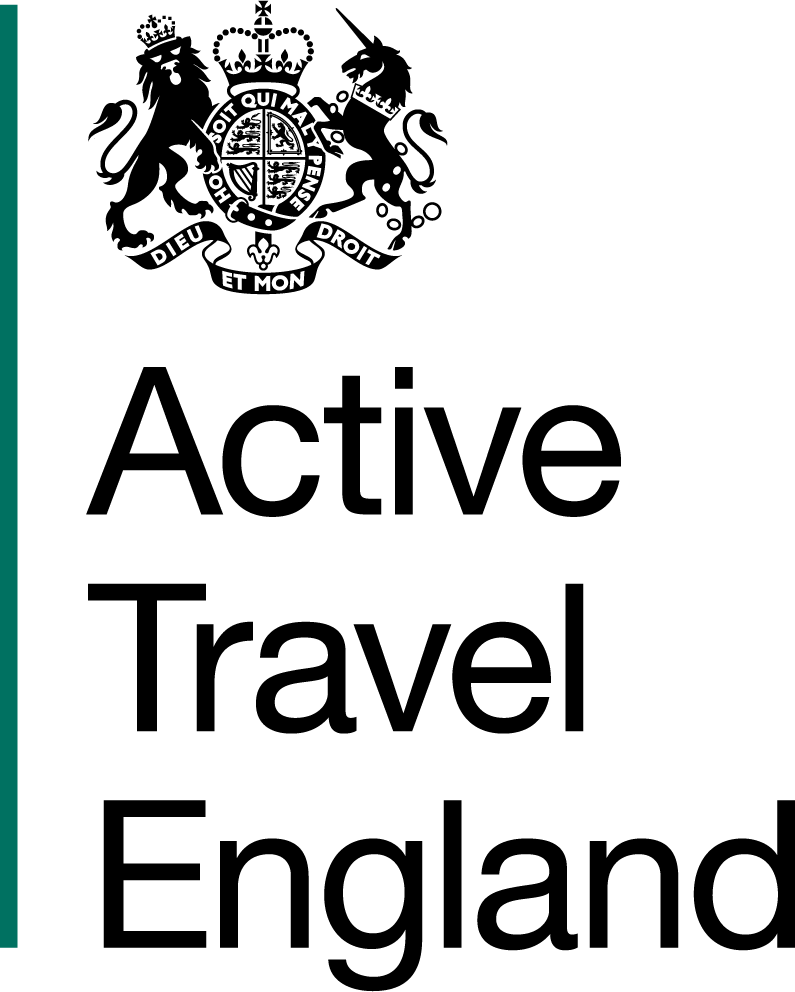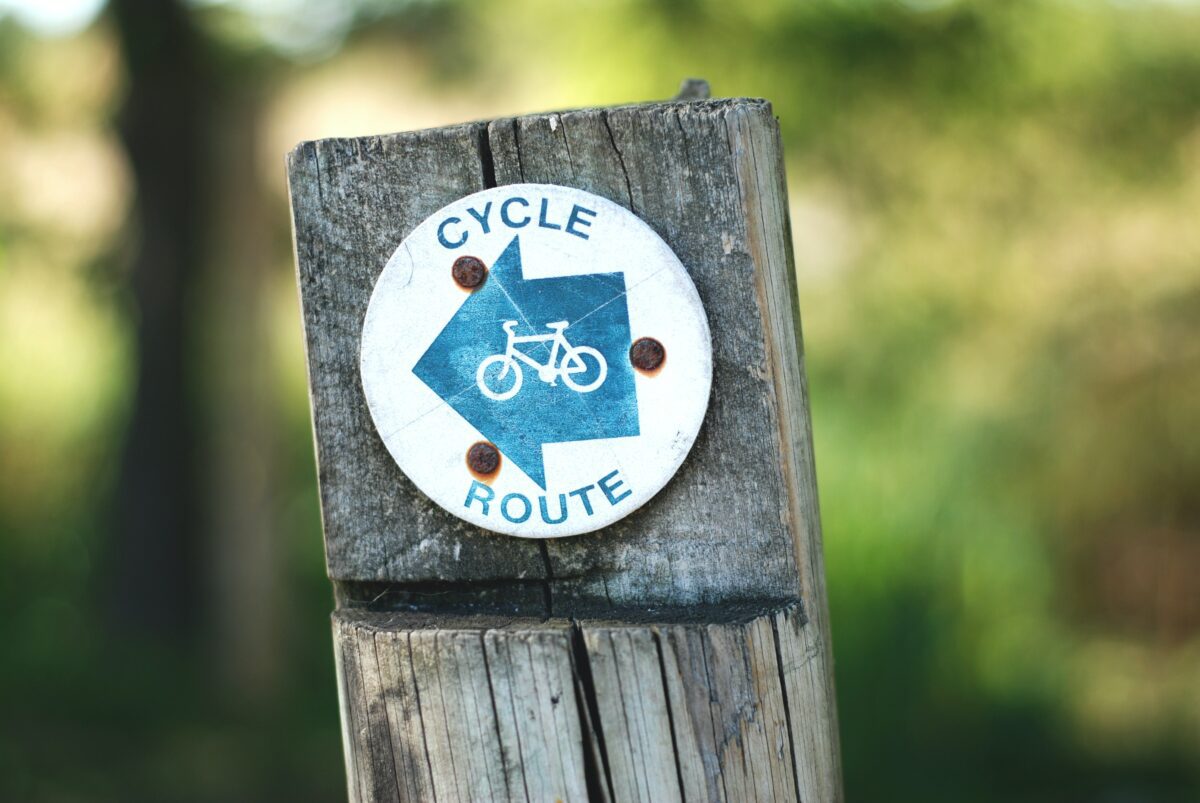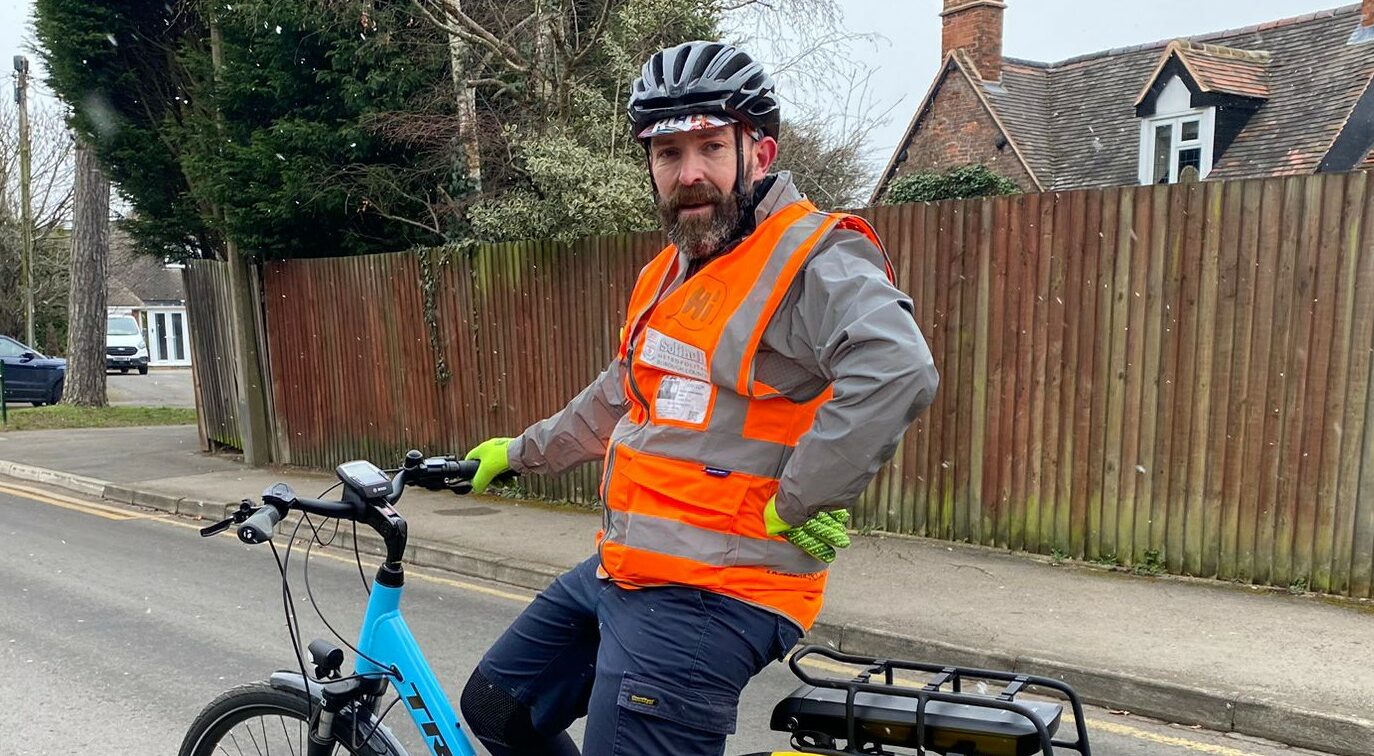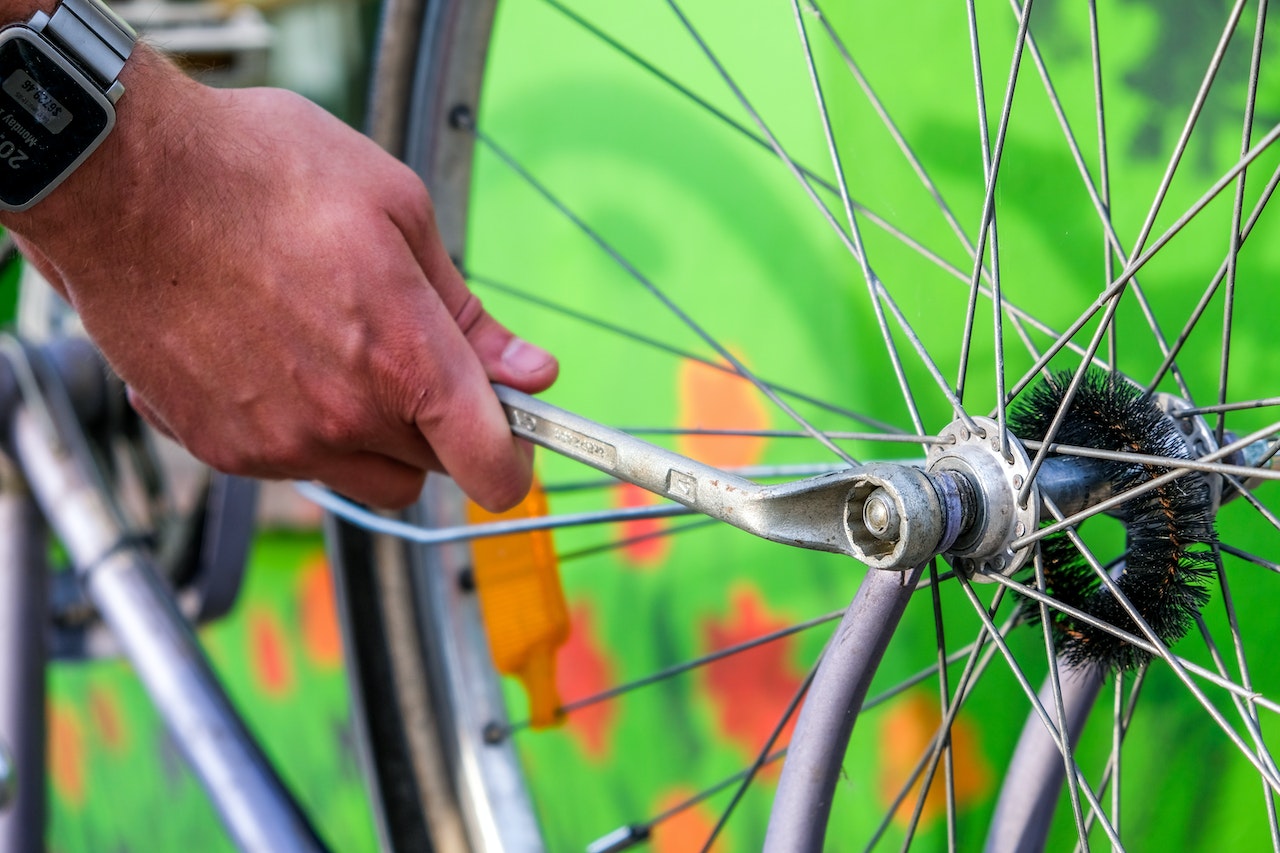We are entering a team into the London to Brighton charity cycle this year, if you are interested in riding for Team Bikeability you can find more details here. For now, we have some top tips to help anyone tackling a long ride get their training off to a great start.
Is your bike right for the job?
If your bike is comfortable and set up the way you like it, it will be easier to get out of the house and onto your bike than if you know it’s going to be heavy and it’s still making an odd creaking noise when you go up hill. Get your bike booked into your local bike shop for a bit of an MOT so you can start off on the right pedal. It’s better to make any changes now than halfway through your training, or just before your goal ride.
Something that isn’t a problem on a 20-minute round trip to the shops can become a major pain on a longer ride. Make sure you have a saddle that is comfortable – padded shorts might not be the height of fashion but they can save you from saddlesore, and they are less likely to move around and rub than a padded saddle cover.
Start slowly
It might be tempting to go for a 25-mile ride straight away, but if you haven’t ridden a long distance recently, try some shorter rides first and increase slowly. This will make the training feel a lot less like a struggle. Plus, it won’t be long before you’re seeing improvements and start to notice that what felt like a long ride at the start of your training feels like nothing now!
Remember recovery is important
Have at least two days off from cycling a week, otherwise your body won’t respond as well to your training. Your body needs the time to relax and repair to get the most out of your training regime – the rest days is when your body does most of the work to get you stronger and fitter. It might feel like you’re not doing anything but actually this time is crucial to your training.
It doesn’t mean you can’t do anything at all, and active recovery can be really beneficial. Going for a walk or a swim, doing yoga or other tai chi, are great activities you could try on your rest days.
Eat well and make sure you drink enough
Good nutrition and keeping well-hydrated are key to successful training. If you wait until you have no energy left and feel awful to eat something, you will find it very difficult to recover. This is called ‘bonking’ in the cycling world, but the real term for it is hypoglycemia. It means that you have used up all of your glycogen stores, resulting in low blood sugar.
Your body can store enough glycogen for about 90 minutes of moderate exercise, if you are exercising or on a ride longer than that, you need to make sure you have snacks with you to refuel. Aim for 100-150 calories an hour of exercise to make sure you don’t get to the point of hypoglycemia.
Make sure you eat breakfast on training and event days and focus on something with a lot of carbs and a bit of protein, such as porridge or eggs.
Move about on your bike
Cycling in one position can cause aches and pains, so shifting around on your bike is a good strategy to relieve them. Shrug your shoulders and hold for 5-10 seconds to help relieve any discomfort in your neck and shoulders. Change your hand position, keeping your fingers or thumbs on your brakes just in case.
When you get to a stretch where you don’t need to pedal, stand up on your pedals and straighten one leg, then let your heel sag below the pedal. Hold this for 10-20 seconds then swap. This will help stretch out your calf and thigh muscles. If your arms and chest are tight and you can ride with one hand, on a clear, safe stretch, reach one hand behind your back and up between your shoulders for a few seconds, then swap.
The best way to stop aches and pains when you’re cycling is to incorporate some exercises that increase your strength and flexibility into your training plan. Have a look at our next tip for some ideas.
Try other exercises
While cycling is a great way to train for a long ride, other exercises can be useful. Strength training helps protect your joints from injuries and a strong core can help alleviate back pain.
Strength training or a body resistance exercise like pilates are both great ways to build up your strength and resilience. If you find your back starts to ache during a cycle ride, it is usually because your core muscles need to be strengthened. Work on your core and you will find your back feels much better when you’re on your bike.
Improving your flexibility is another good way to avoid injuries, and doing yoga or other stretching exercises on your rest days is a good way to work this into your training schedule. It’s also a good idea to stretch after a ride, especially a long one, as the cycling position can put strain on your back and legs. Bike radar has some good suggestions for stretches for cyclists here.
Set goals for your training
The ride you’re preparing for can seem a long way away, so setting yourself goals to hit during your training can help keep you on track and motivated. These could be based of mileage you want to go, or the time you want to complete a ride in. It could even be something as simple as how many rides you do in a week. Having milestones to hit will help you reach your target by splitting your training into smaller sections that don’t seem as daunting.
Most importantly, try to enjoy your training and in no time you’ll be at the finish line with an amazing sense of achievement!




